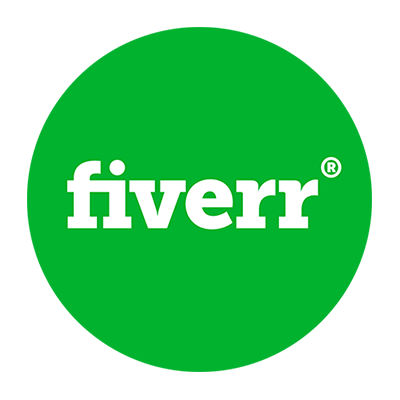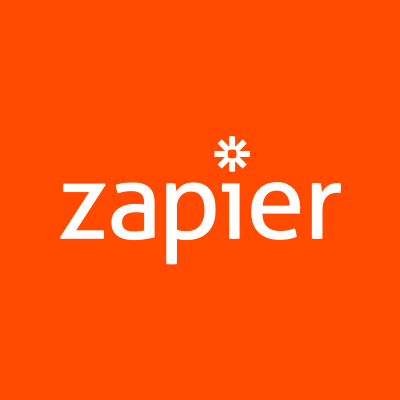My Journey From A CMO To A Freelancer To An Agency Owner Aiming At $1M Annual Revenue
Hello! Who are you and what business did you start?
I’m Trevor Longino, the founder & CEO of CrowdTamers. I launch startups to market and have taken 15 different companies from $0 to $2M+ in annual revenue.
I use a combination of paid ads and content to repeatably figure out
- Who is this company’s audience
- What problem can I solve for them
- How do I offer to solve it?
If you know those 3 things about any business, you can build funnels that generate a million in annual revenue. For real. I talk about this a lot but here’s the short version of how to build a $1MM go to market funnel.
After my last salaried role as CMO of a startup where I grew from pre-revenue to a few million in ARR, I decided to be a freelancer for a few years as a fractional CMO for a few companies. I had 20+ years of experience as a marketer so when I decided to become a freelancer, I did practically everything a startup could need.
I did everything from content...

Download the report and join our email newsletter packed with business ideas and money-making opportunities, backed by real-life case studies.

Download the report and join our email newsletter packed with business ideas and money-making opportunities, backed by real-life case studies.

Download the report and join our email newsletter packed with business ideas and money-making opportunities, backed by real-life case studies.

Download the report and join our email newsletter packed with business ideas and money-making opportunities, backed by real-life case studies.

Download the report and join our email newsletter packed with business ideas and money-making opportunities, backed by real-life case studies.

Download the report and join our email newsletter packed with business ideas and money-making opportunities, backed by real-life case studies.

Download the report and join our email newsletter packed with business ideas and money-making opportunities, backed by real-life case studies.

Download the report and join our email newsletter packed with business ideas and money-making opportunities, backed by real-life case studies.





















